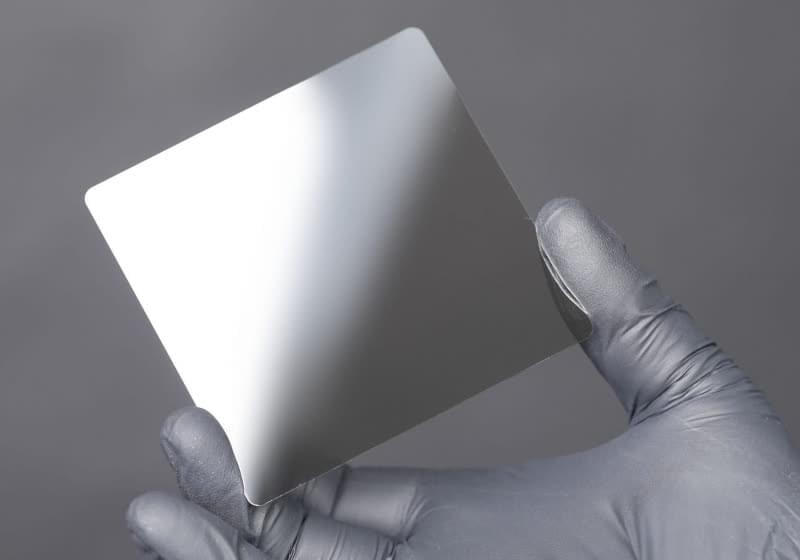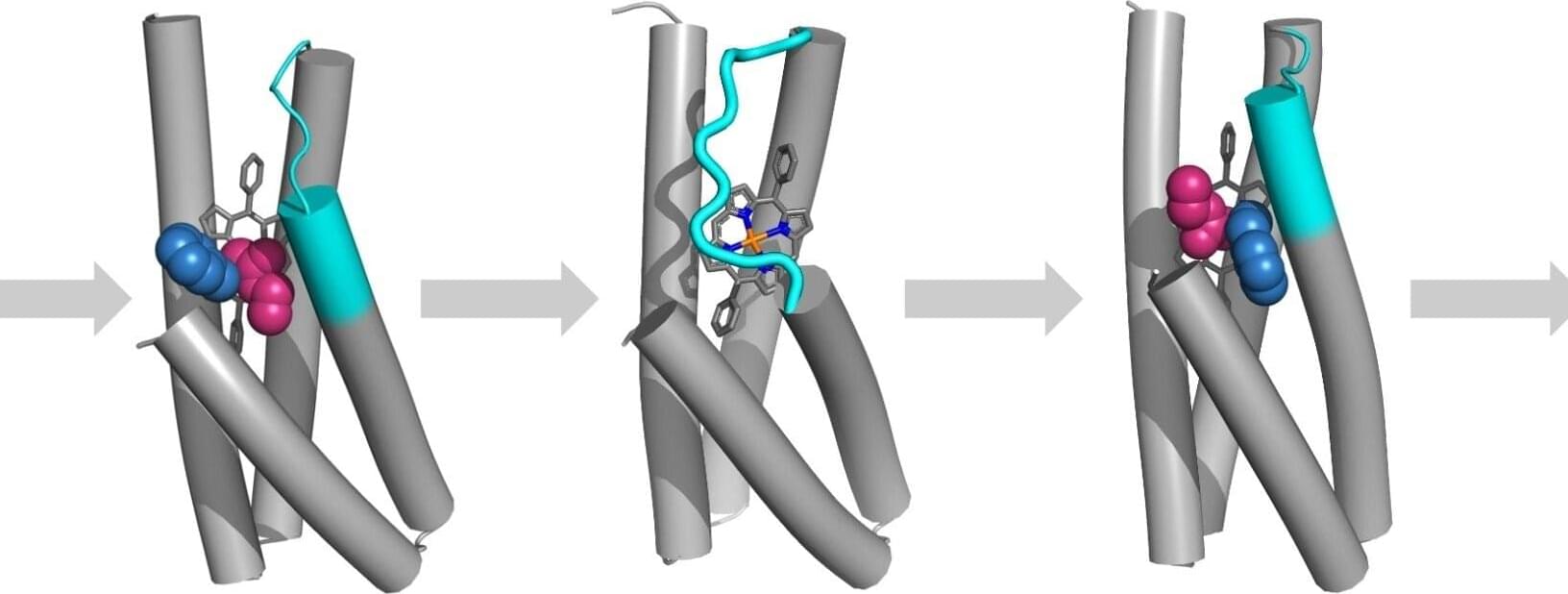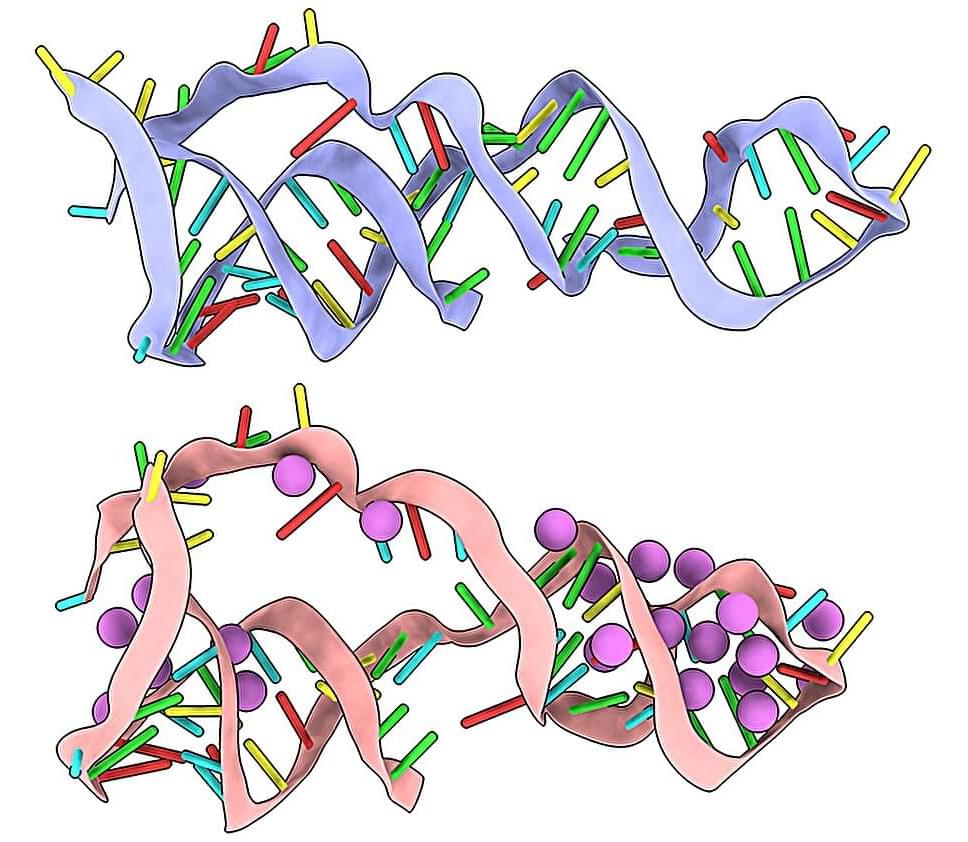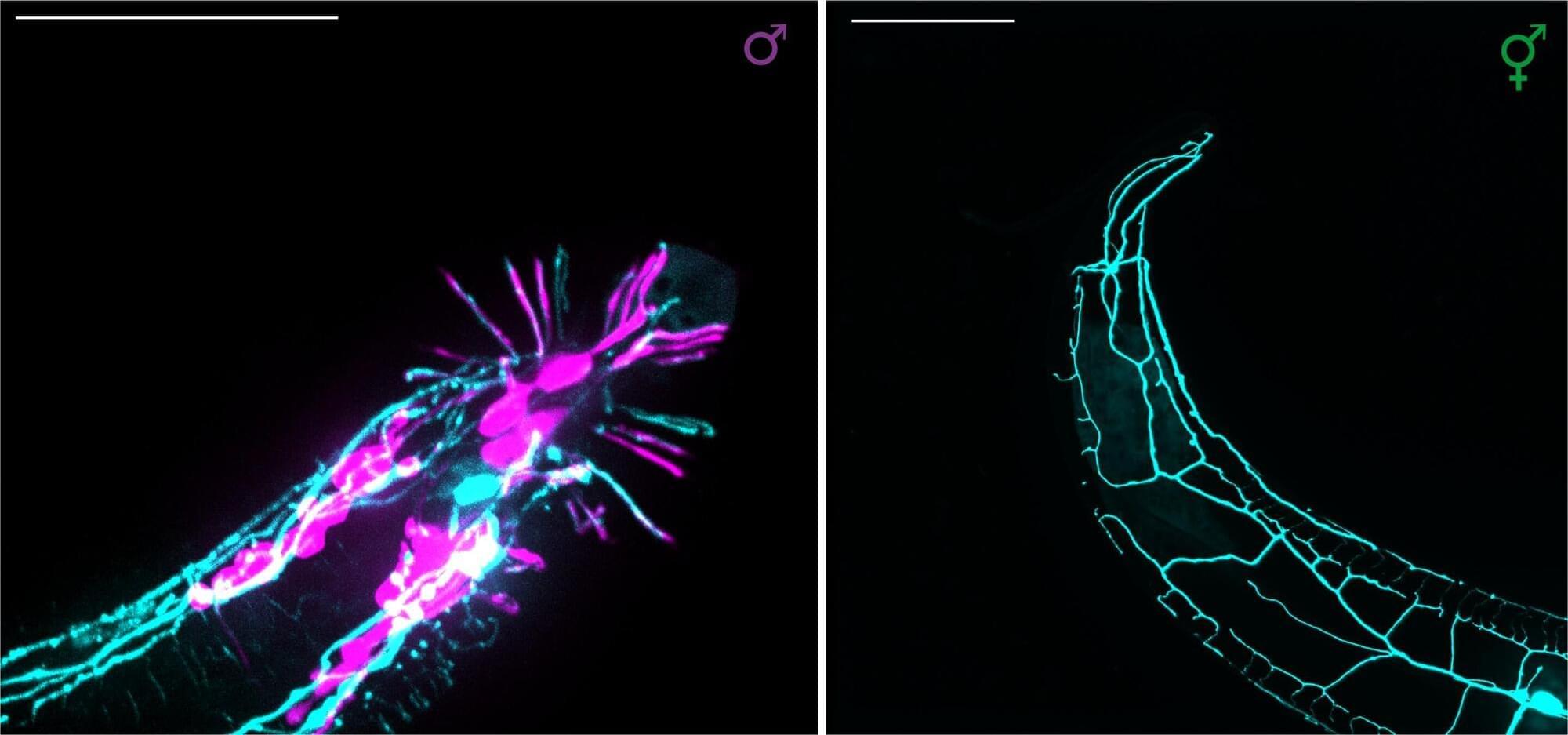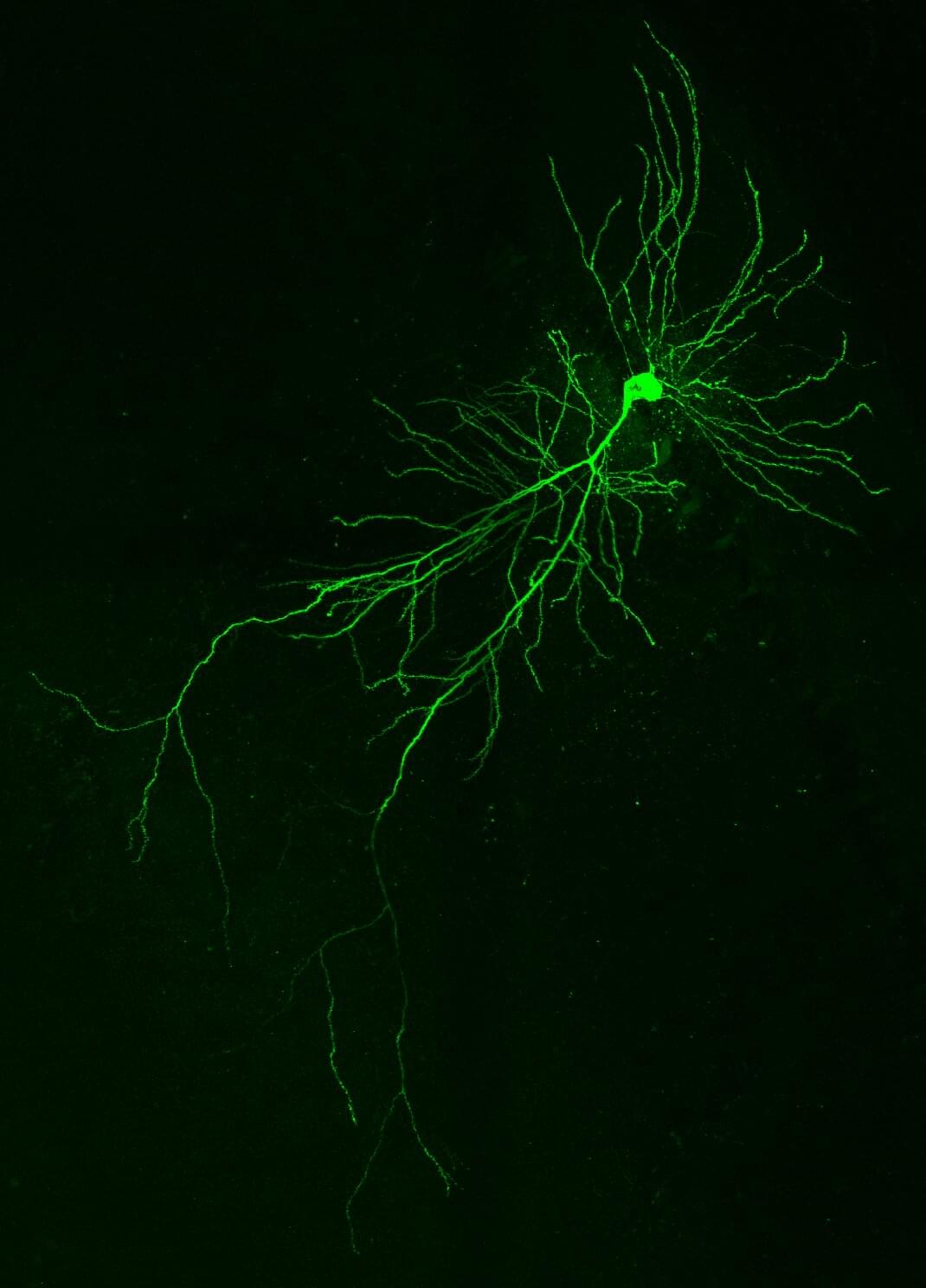Lore et al. explore how biological and synthetic replacement therapies, from engineered tissues to advanced prosthetics, could restore aging cells and organs, offering strategies to extend healthy human lifespan and combat age-related decline.
As more data is archived digitally, the inherent fragility of bits remains a pressing issue. The answer may lie in ceramics. Western Digital has invested in Cerabyte, a company developing a groundbreaking storage technology designed to preserve data reliably for millennia.
Cerabyte’s technology stores digital data on ceramic nanolayers, using lasers to etch QR code-like matrices representing bits. Ceramics, known for their resistance to corrosion and extreme heat, have endured for millennia. The German startup claims its storage method could preserve digital data for over 5,000 years.
Cerabyte recently demonstrated its technology’s durability by heating a prototype storage medium to 250°C in an oven. Both the medium and the archived data emerged unscathed. The company stated its ceramic-based solution could meet the rising demand for long-term data storage platforms.
After several years as a subsidiary of Western Digital, Sandisk split from the parent company earlier this year. Former WD head David Goeckeler, now Sandisk CEO, has some ambitious projects in the works.
Researchers at UC Santa Barbara, UCSF and the University of Pittsburgh have developed a new workflow for designing enzymes from scratch, paving the way toward more efficient, powerful and environmentally benign chemistry. The new method allows designers to combine a variety of desirable properties into new-to-nature catalysts for an array of applications, from drug development to materials design.
This research is published in the journal Science, and is the result of a collaborative effort among the DeGrado lab at UCSF, the Yang lab at UCSB and the Liu lab at the University of Pittsburgh.
“If people could design very efficient enzymes from scratch, you could solve many important problems,” said UCSB chemistry professor Yang Yang, a senior author on the paper.
Dr. Sui Huang, MD, PhD is a Professor at the Institute for Systems Biology ( ISB — https://isbscience.org/people/sui-huang-md-phd/?tab=biography ) where his…
Sustainably produced, biodegradable materials are an important focus of modern materials science. However, when working with natural materials such as cellulose, lignin or chitin, researchers face a trade-off. Although these substances are biodegradable in their pure form, they are often not ideal when it comes to performance. Chemical processing steps can be used to make them stronger, more resistant or more supple—but in doing so, their sustainability is often compromised.
Empa researchers from the Cellulose and Wood Materials laboratory have now developed a bio-based material that cleverly avoids this compromise. Not only is it completely biodegradable, it is also tear-resistant and has versatile functional properties. All this takes place with minimal processing steps and without chemicals—you can even eat it. Its secret: It’s alive.
The study is published in the journal Advanced Materials.
In Biology 101, we learn that RNA is a single, ribbon-like strand of base pairs that is copied from our DNA and then read like a recipe to build a protein. But there’s more to the story. Some RNA strands fold into complex shapes that allow them to drive cellular processes like gene regulation and protein synthesis, or catalyze biochemical reactions.
We know that these active molecules, called non-coding RNAs, are present in all life forms, yet we’re just starting to understand their many roles—and how they can be harnessed for applications in environmental science, agriculture, and medicine.
To study—and potentially modify—the functions of non-coding RNAs, we need to determine their structure. Scientists from Lawrence Berkeley National Laboratory (Berkeley Lab) and the Hebrew University of Jerusalem have developed a streamlined process that predicts the structure of an RNA molecule down to the atomic level.
Is there a difference in brain structure between men and women? If we were to find such a difference in a single neuron, would it matter?
One of the most useful models for studying these questions is the nematode Caenorhabditis elegans (C. elegans). This tiny worm has several characteristics that make it an excellent research model, one of which is that every cell in its body has a predetermined identity and lineage.
Like humans, C. elegans has two sexes. However, instead of male and female, the two sexes of this worm are male and hermaphrodite—a self-fertilizing individual capable of producing both male and female gametes (sperm and eggs), allowing it to reproduce without a partner.
Most vaccines—and boosters—are injected directly into muscle tissue, usually in the upper arm, to kickstart the body’s immune system in the fight against disease. But for respiratory diseases like COVID-19, it can be important to have protection right where the virus enters: the respiratory tract.
In a new study, Yale researchers have found that nasal vaccine boosters can trigger strong immune defenses in the respiratory tract, even without the help of immune-boosting ingredients known as adjuvants. The findings, researchers suggest, may offer critical insights into developing safer, more effective nasal vaccines in the future.
“Our study shows how a simple viral protein antigen can boost respiratory tract immune responses against viruses,” said Akiko Iwasaki, Sterling Professor of Immunobiology at Yale School of Medicine (YSM) and senior author of the study. “These data imply that viral proteins in nasal spray may be used as a safe way to promote antiviral immunity at the site of viral entry.”
Cells have a trick called splicing. They can cut a gene’s message into pieces and decide which fragments to keep. By mixing and matching these fragments, a single gene can produce many different proteins, giving tissues and organs more options to thrive and evolve. Out of all tissues, splicing is most prevalent in the brain.
Researchers at the Center for Genomic Regulation (CRG) have discovered that one such fragment, a “microexon” just nine amino acids long, is inserted into the DAAM1 protein exclusively in neurons and nowhere else in the body. The inclusion of the microexon is critical for healthy neuronal development, with effects rippling all the way up to memory function. The findings are published in Nature Communications.
DAAM1 makes a protein that helps cells maintain their shape and enables their movement. When the team deleted the nine-letter microexon in mice, the animals were healthy at birth, but their adult brain cells had half of the usual “learning spines,” protrusions known to be important for learning and retrieval of memories.

